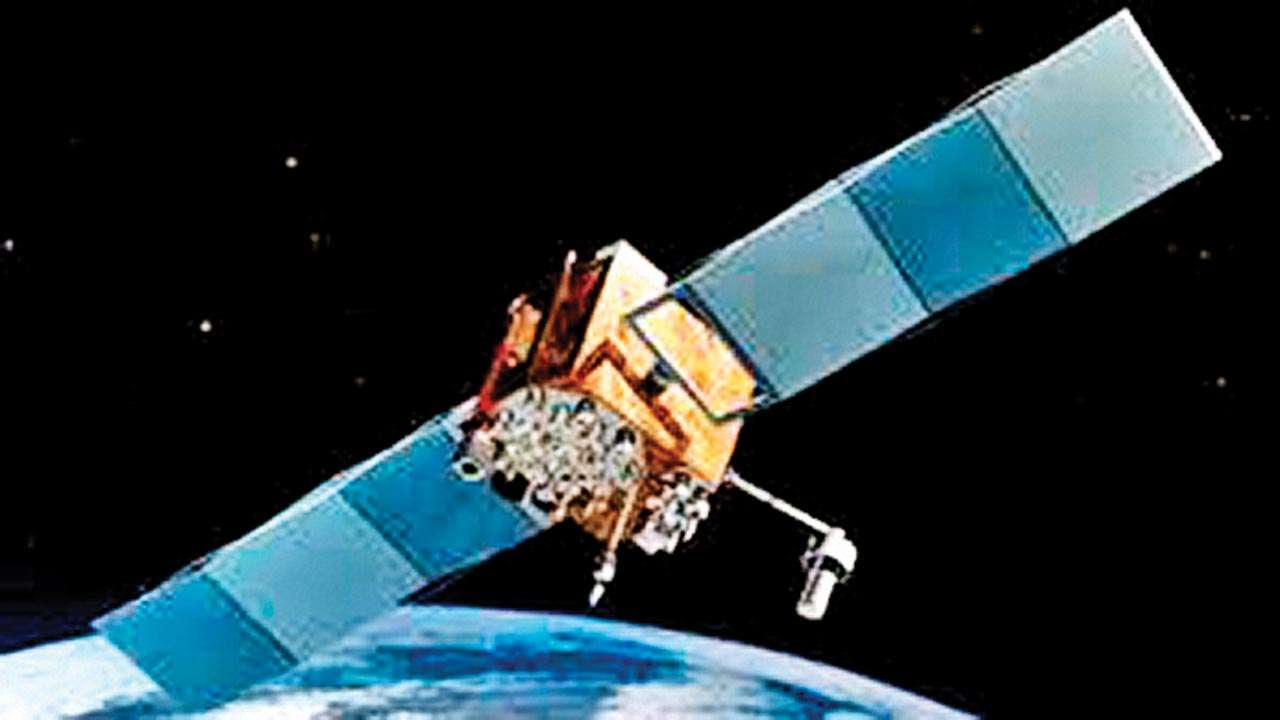
Pakistan has been struggling since its foundation to achieve parity with India in strategic technologies such as nuclear, defence and space. The defence platforms were acquired from the West during the Cold War. However, it was China that helped Pakistan possess nuclear weapons, constraining India’s conventional military superiority. This nexus now includes space technology where Pakistan is trying to revive its space ambitions with China’s assistance.
China sees satellites as a major diplomatic tool to influence the BRI countries and had been successful with convincing Sri Lanka earlier to lease its satellite transponders. It should be noted that Sri Lanka did not build an indigenous satellite, as it was widely believed. These projects portend major geopolitical and economic challenges to India.
Pakistan launched Space and Upper Atmosphere Research Commission (SUPARCO) in the 1960s, parallel to India’s own efforts to establish space research in the country. India’s successful launch of its first satellite Aryabhatta spurred similar plans in Pakistan. As a result, Badr-1 had been developed indigenously, which was initially planned to be flown on an American rocket. The Challenger space shuttle disaster halted this plan, allowing China to become the launch service provider. The launch strengthened China-Pakistan strategic relations even though have been collaborating on nuclear weapons in the 1990s.
China once again launched a Pakistani satellite PakSat-1R in 2011. By this time, China was evolving a strategy to capture the international launch market by targeting government satellite contracts in the Global South such as Nigeria and Venezuela. The strategy is to finance these satellites where those countries would choose China’s state-owned space companies to manufacture and launch the satellites.
PakSat-1R is being operated as a commercial satellite by SUPARCO subsidiary PakSat International, offering satellite services over South Asia and other regions. In fact, Pakistan and China will follow this satellite with PakSat-MM1, which will also be operated as a commercial satellite with the cost shared 50:50 between the two countries. The commercialisation of these satellites allows China to enter the commercial satellite services market in the South Asia region, using Pakistan as an anchor. The masterstroke here is that China’s commercial interests are fulfilled while placing these satellites in the respective country’s orbital slots, which are considered a scarce natural resource.
China has so far anchored itself in South America, Africa and South East Asia by entering into satellite launch contracts with Venezuela, Nigeria and Cambodia, respectively. China’s foray into the South Asian market started with the launch of what assumed to be Sri Lanka’s first communications satellite SupremeSat-1 in 2012. The perception has been that this is an indigenous satellite of Sri Lanka. However, the fact is that Sri Lankan company SupremeSat merely leased a few transponders on a Chinese satellite, terming the lease as a separate satellite entity under SupremeSat-1. Despite the investigations into this contract, China is unabated from investing in this company.
China will be funding SupremeSat-2 in addition to the $30 million infused into the company through a Chinese private entity. With such financial and technological support from China, SupremeSat is aiming to become the largest private satellite operator in South Asia. The proceedings will allow China to profit from the South Asian market as a creditor of SupremeSat company.
China’s commercial interests in the South Asian space market have expanded into the security sphere, with it launching Pakistan Remote Sensing Satellite-1 (PRSS-1). This is ostensibly a crop and resources monitoring platform, but the military utility is obvious. The satellite was built by China, which is already investing in a high resolution remote sensing constellation “Yaogan”, possessing sophisticated electro-optic and radar sensors for military purposes. These satellites play a critical role in China’s Anti-Ship Ballistic Missile project, feeding time sensitive information for the missile launch and manoeuvring.
Pakistan possessing such an advanced platform disrupts India’s battlefield superiority to an extent. A two-front war would stress allocation of resources and any qualitative enhancement of enemy’s forces would jeopardise India’s strategy. By acquiring satellite information, Pakistan will enhance its sensor to shooter connectivity and make precision strikes against Indian targets. This makes Pakistan’s tactical nuclear weapons more deadly against advancing Indian Army columns. Pakistan is already acquiring attack aircraft and warships from China, in addition to adopting its BeiDou GPS network that can give 10 cm accuracy on restricted military signal.
The utility of GPS for military operations was well established by the United States, during the Gulf War and India’s inadequacy during the Kargil conflict. The use of Cartosat imaging for surgical strikes demonstrates the role played by remote sensing satellites. Therefore, Pakistan’s enhancement of its military capabilities, using space assets must be dominated by India improving its network-centric capabilities, including satellites. The inclusion of private industry in satellite manufacturing and launch vehicle operations should help remove the bottlenecks and improve India’s space advantages qualitatively and quantitatively.
The author is an Associate Fellow in Nuclear and Space Policy Initiative of Observer Research Foundation, Delhi. Views are personal.